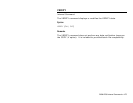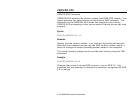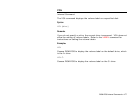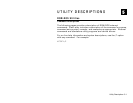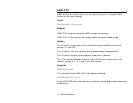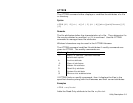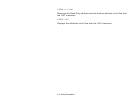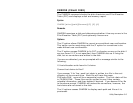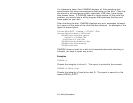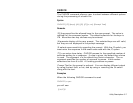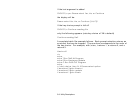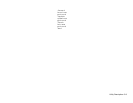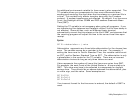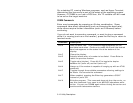
Utility Descriptions 5-5
CHKDSK (CHecK DiSK)
The CHKDSK command checks the disk directories and File Allocation
Table (FAT) and displays a disk and memory report.
Syntax
CHKDSK [drive:][path][filename][/C] [/F] [/V]
Remarks
CHKDSK examines a disk and determines whether it has any errors in the
File Allocation Table (FAT) and optionally fixes errors.
Options
The /C option allows CHKDSK to correct errors without user confirmation.
This option can be used along with the /F option for corrections to be
made without user confirmation.
The /F option causes CHKDSK to fix FAT or directory errors on the disk if
any are found. If /F is not specified, then CHKDSK acts as if fixing the
disk, but no corrections are written to the disk.
If errors are detected, you are prompted with a message similar to the
following:
15 lost allocation units found in 5 chains.
Convert lost chains to files?
If you answer Y for Yes, each lost chain is written to a file in the root
directory of the current drive. Each file will have the name
FILE
nnnn
.CHK.
nnnn
will be a sequential number. The first chain will be
in FILE000.CHK. These files can be verified to see if they contain
valuable information, and then deleted if desired. If you answer N for No
to the above prompt, CHKDSK still makes the corrections, however, the
lost chains are not saved to the disk.
The /V options causes CHKDSK to display each path and file as it is
processed.



